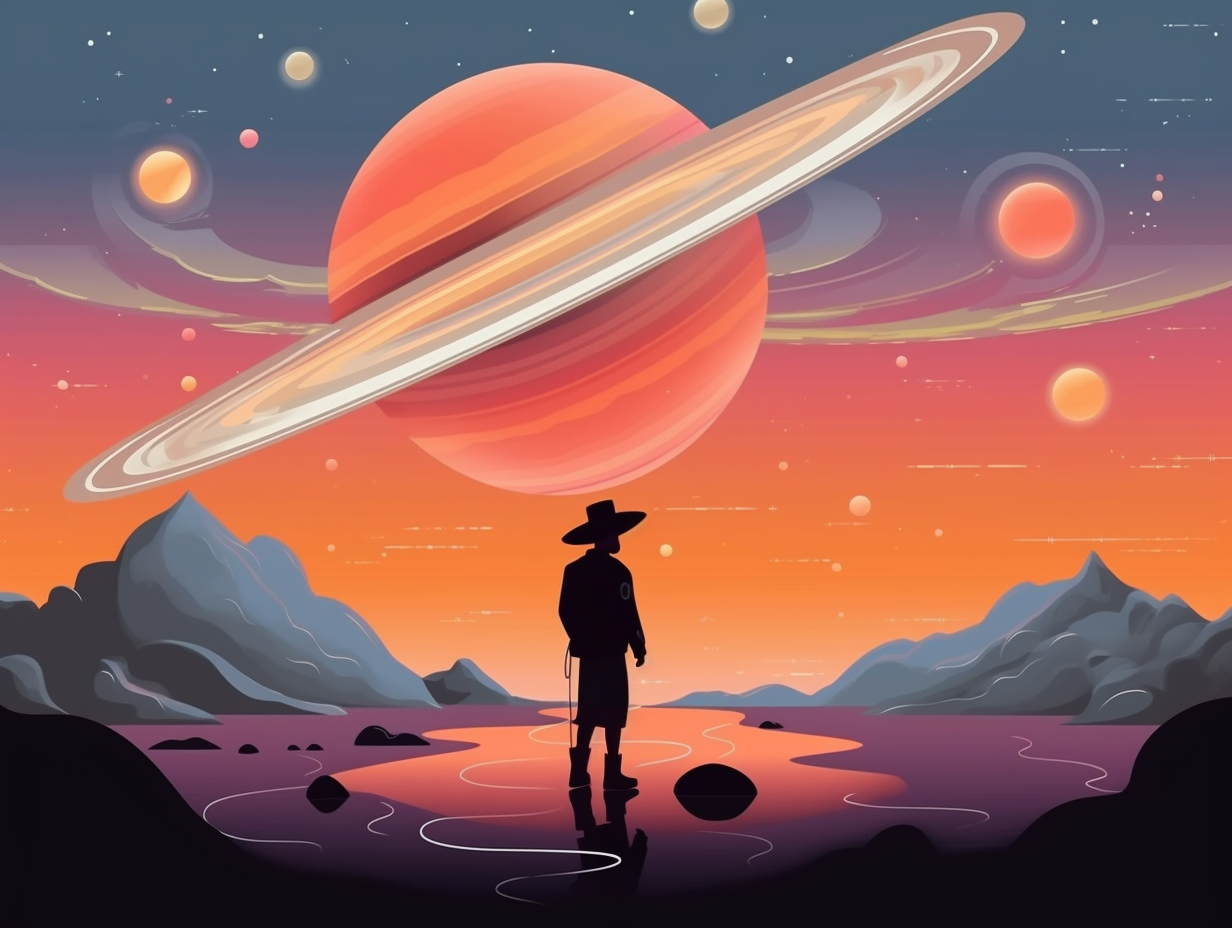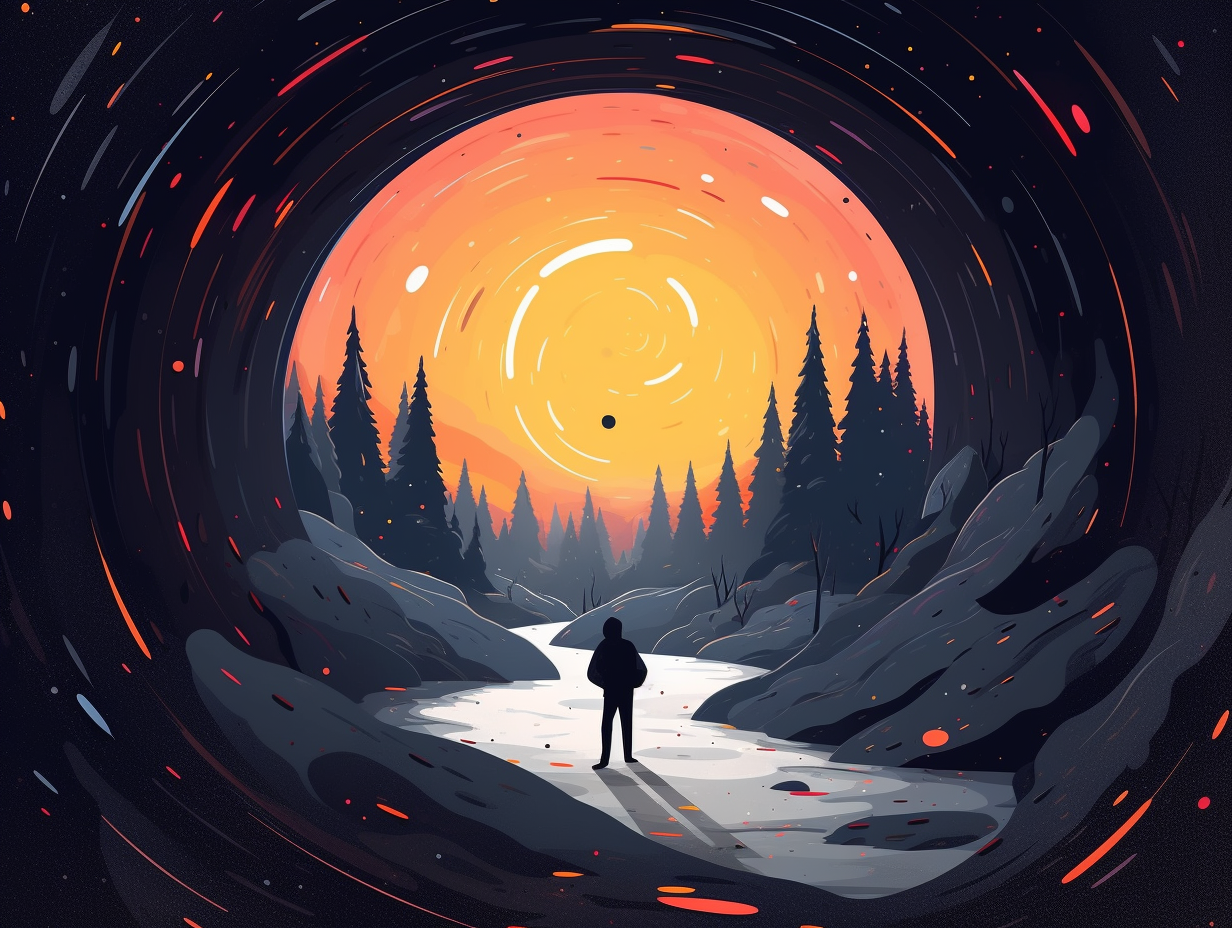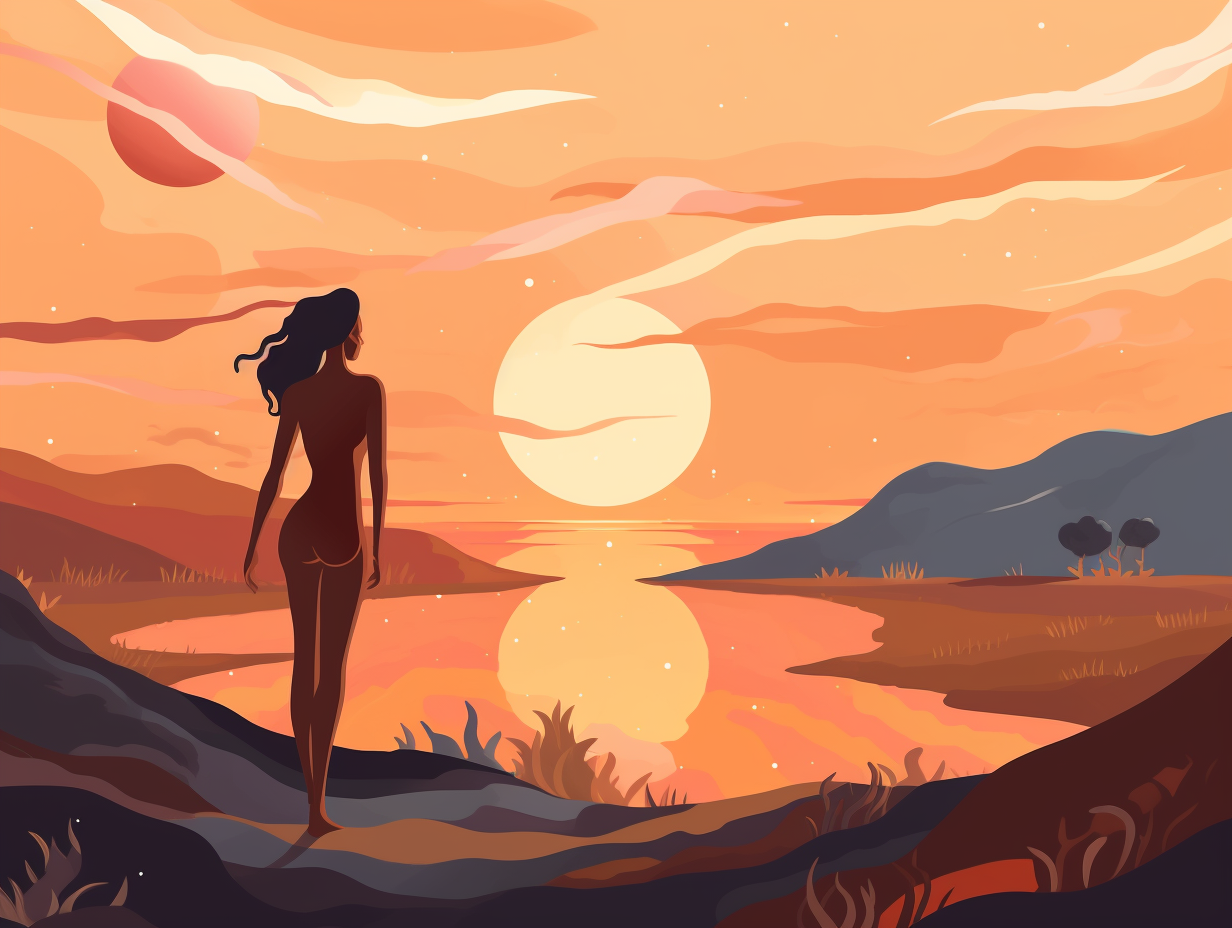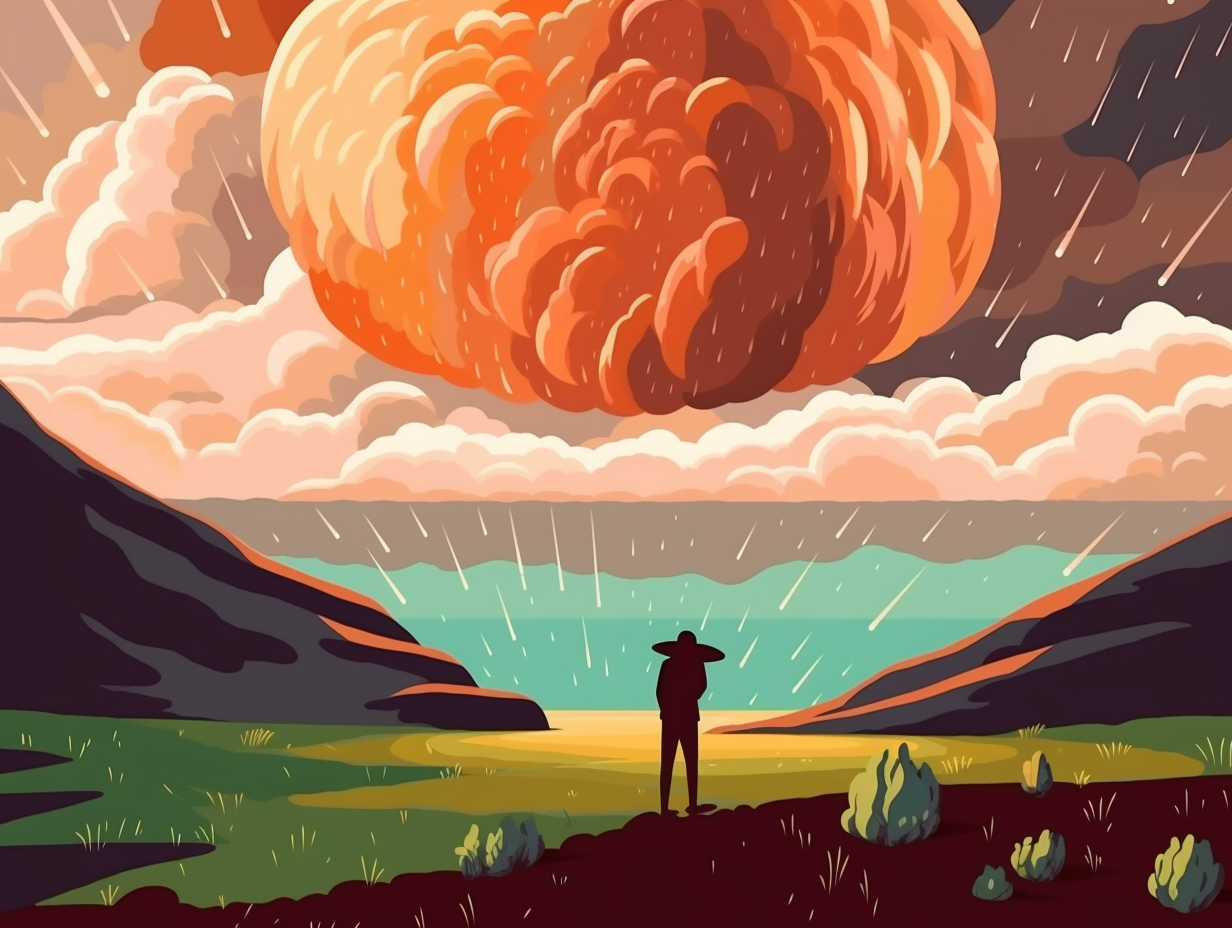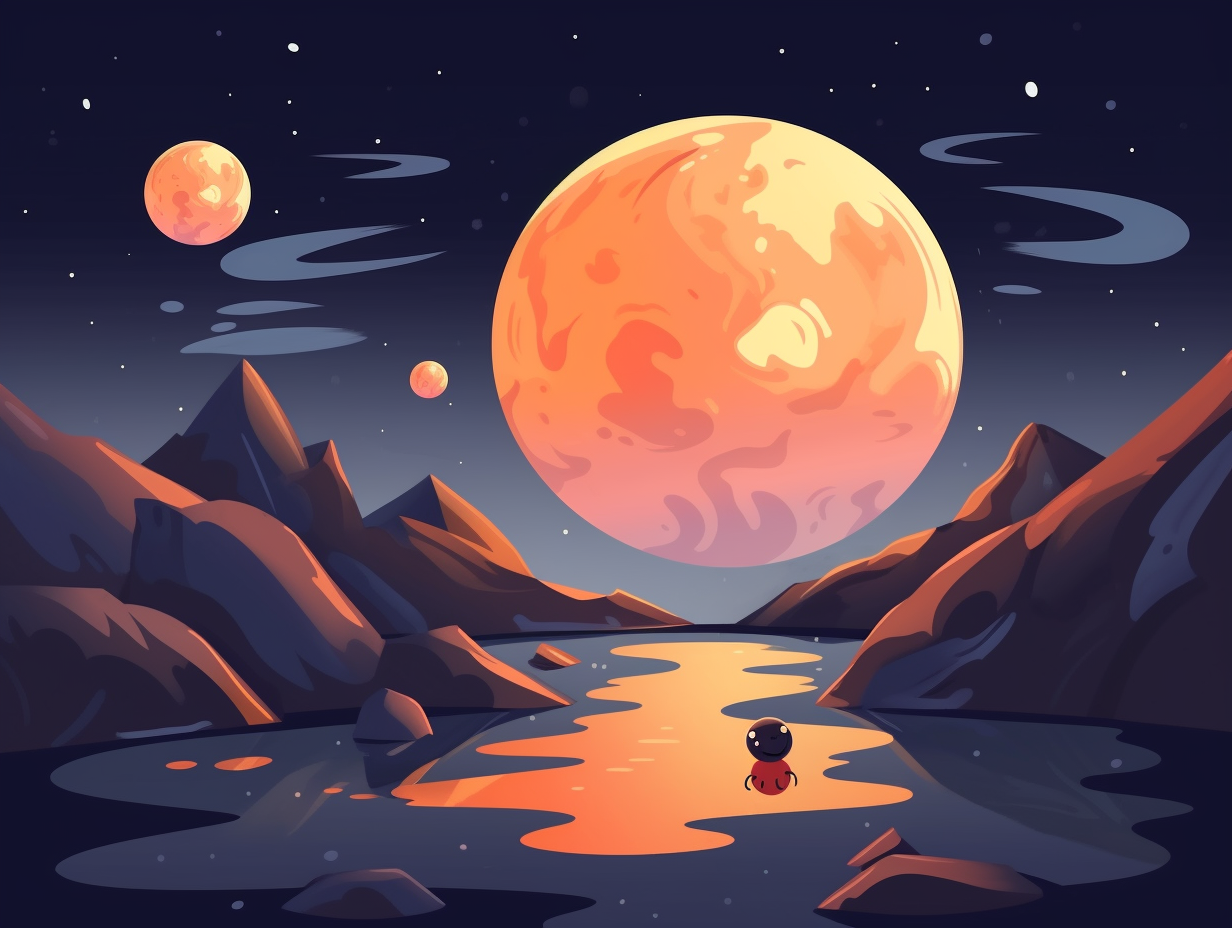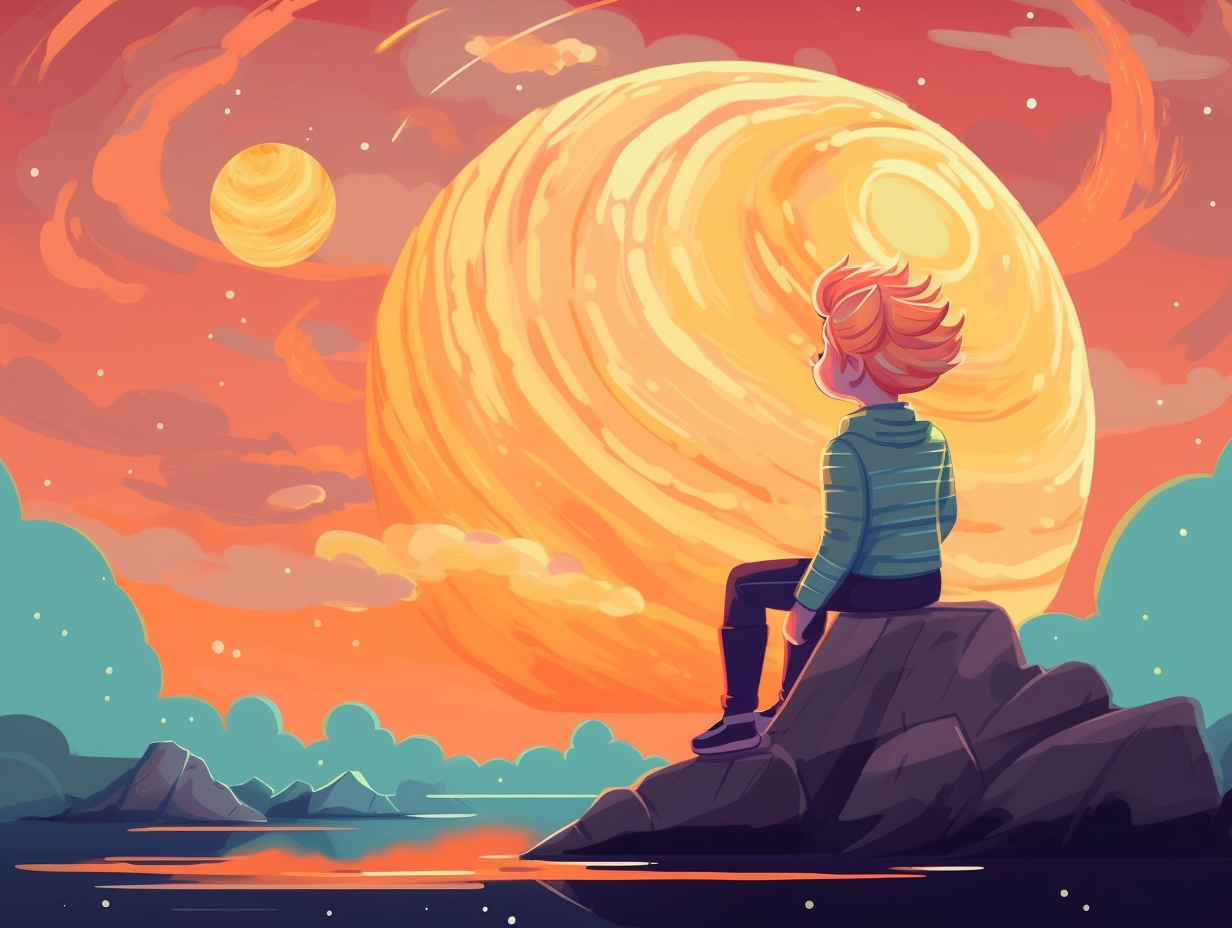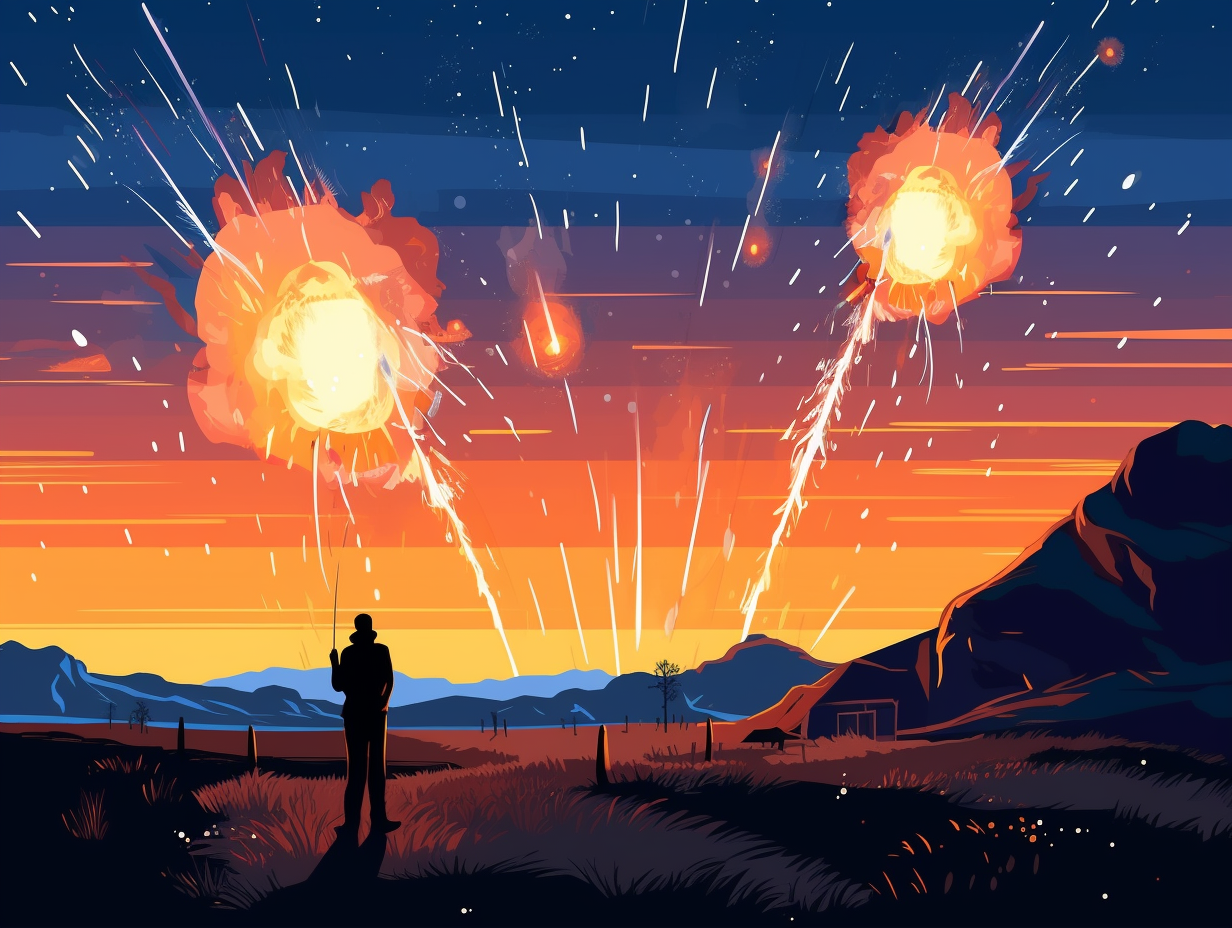Uncover the Wonders: Top 12 Fun and Fascinating Facts About Solar Eclipses You Have to Know!
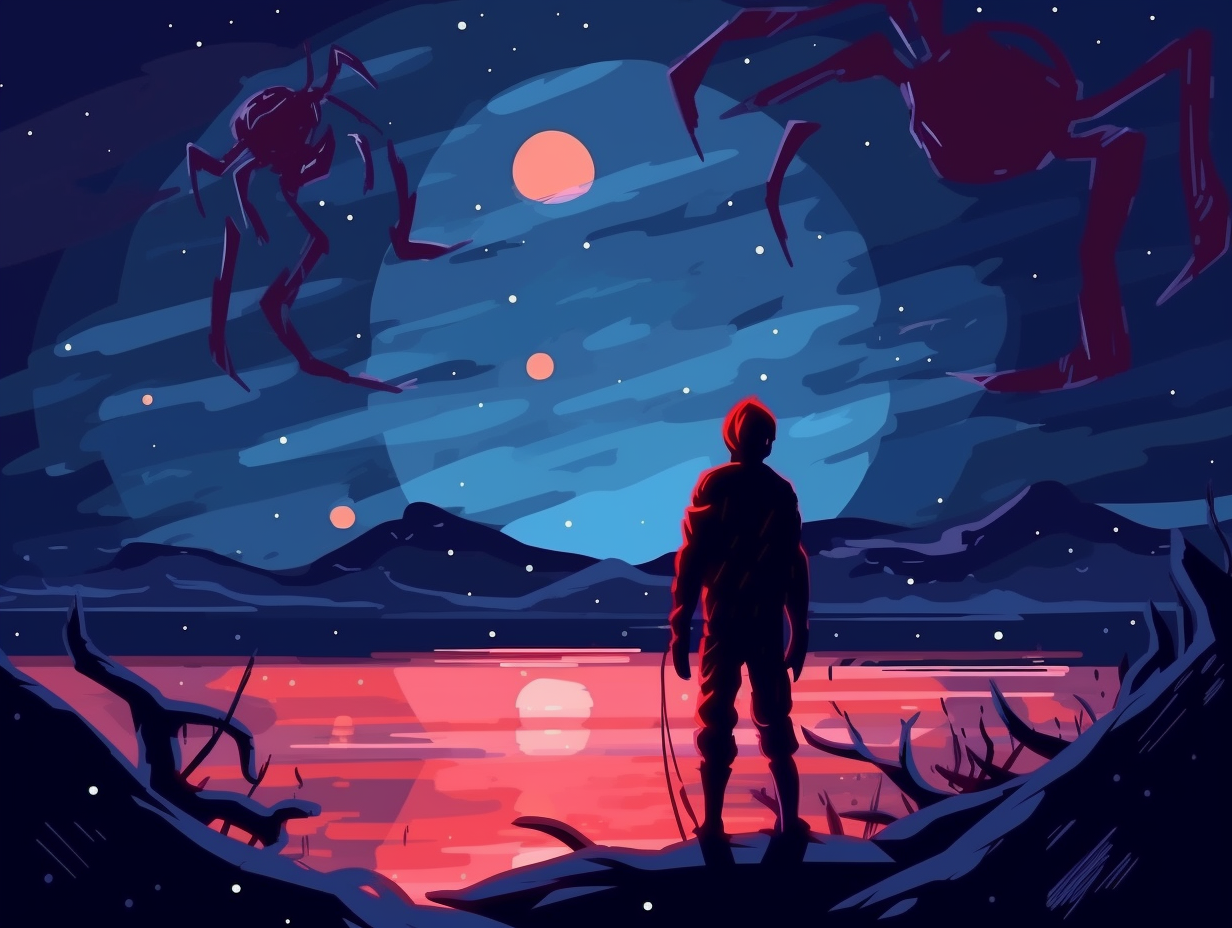
1. Cosmic Tango Steals the Sun's Spotlight
When the cosmic tango takes center stage and the universe shuffles its feet to steal the Sun's spotlight: a solar eclipse happens when the Moon elegantly slides between Earth and the Sun, creating bewitching silhouettes and awe-striking shadows – just don't get too mesmerized and forget your protective eyewear!
Source => stardate.org
2. Moon Photobombs the Sun, Remember Protective Eyewear!
When the moon photobombs the sun, and counterfeit shades emerge like teeny-boppers at a superstar's concert: make sure you snag ISO-certified eclipse glasses from reputable sources, as your everyday sunglasses, subpar welding filters, and DIY contraptions simply won't cut it to safely view this celestial event and may severely harm your precious peepers.
Source => eclipse.aas.org

Did you know that Mars is home to Valles Marineris, a canyon system 7 km deep and 4000 km long - almost the length of the United States! Discover more about this mind-blowing Martian wonder.
=> Fun Facts about Mars
3. The Sun's Exclusive Diamond-Ring Collection
Apparently, the sun has an exclusive jewelry collection: During a total solar eclipse, the dazzling diamond-ring effect occurs as the last rays of sunlight peek through the moon's valleys, forming a glimmering circle, accessorized with sparkling "diamonds." Just don't expect an interstellar jeweler's bill: These cosmic bling moments happen at the beginning and end of totality, showcasing the dynamic nature of our ever-changing universe.
Source => weatherscapes.com
4. Secret Menu of Solar Eclipses
Solar eclipses are like the secret menu at your favorite restaurant: you never know what rare treats they'll whip up. One such delicacy is the hybrid solar eclipse: a cosmic combo platter of both annularity and totality, served along the eclipse's centerline. Our century gets seven of these exclusive events, with the last dish reserved for 2031. Their flavors change from annular to total and then back to annular during their cosmic dance across the sky's heavenly stage.
Source => travelquesttours.com
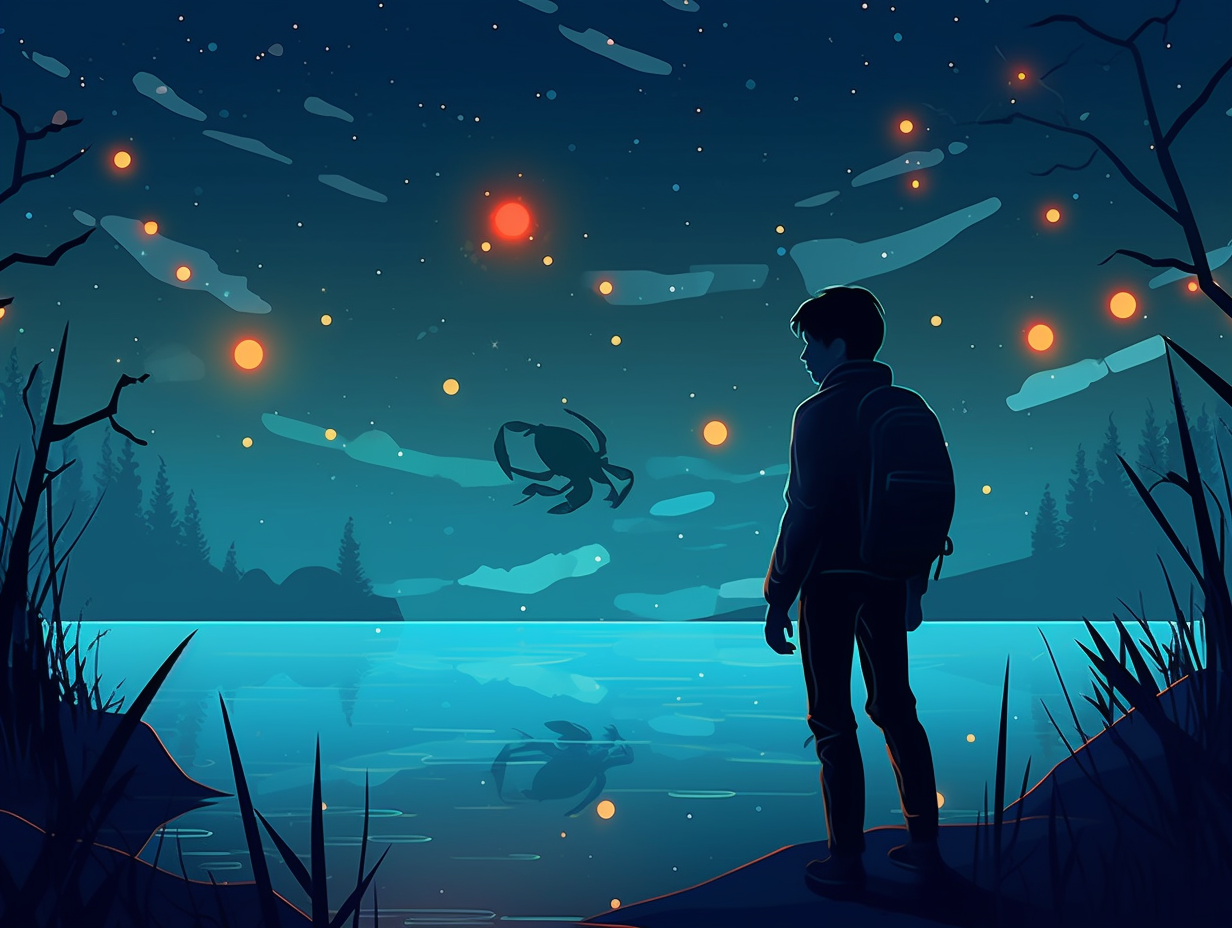
5. Solar Eclipses Fool Plants and Animals
It seems the animal and plant kingdoms take "couldn't see it coming" quite literally during a solar eclipse: During a total solar eclipse, plants and animals act as if night has arrived, with flowers closing, birds silencing their songs, and cows and chickens heading home, simply because their senses pick up on the unusual event unfolding.
Source => nbcnews.com
6. Mother Nature's Globe-Trotting Scenic Route
Move over, globe-trotting trendsetters: Mother Nature played a game of reverse limbo by taking the scenic route on December 4, 2021! The solar eclipse on this day opted to sashay from east to west across West Antarctica, while most eclipse paths strut their stuff from west to east, marking a rare and fabulous occasion exclusive to polar regions.
Source => en.wikipedia.org
7. Animals Play "Lights Out" During Solar Eclipses
Solar eclipses: nature's way of playing "lights out" with animals! From confused spiders going on a web-dismantling spree to hippos turning into hangry, stressed-out commuters halfway through their nighttime snack run: animals often react to solar eclipses by exhibiting strange behaviors, as they mistakenly perceive it as nightfall, leading to fascinating yet puzzling natural spectacles.
Source => theprint.in
8. Moon's Cosmic Peekaboo Unlocks Solar Secrets
Who needs fancy sci-fi movies when the Moon plays cosmic peekaboo with the Sun? Behold, the total solar eclipse: a prime time for researchers to study the Sun's elusive corona, which is typically hidden by the solar surface's glare. This natural phenomenon offers a view of the corona that's unmatched by even the most advanced coronagraphs, allowing scientists to further unravel the mysteries of those plasma wisps that make it up.
Source => scientificamerican.com
9. Ancient Astronomers' Solar Eclipse Party Foul
In a celestial event that would have left even Confucius starry-eyed, two ancient Chinese astronomers had a little too much fun under the sun and botched their prediction of the first recorded solar eclipse: This astronomical party foul took place in 2137 BCE, but fret not, for ancient civilizations didn't solely depend on such eclipses for their calendars – they also relied on seasons, moon phases, and agricultural cycles to keep track of time.
Source => eclipsewise.com
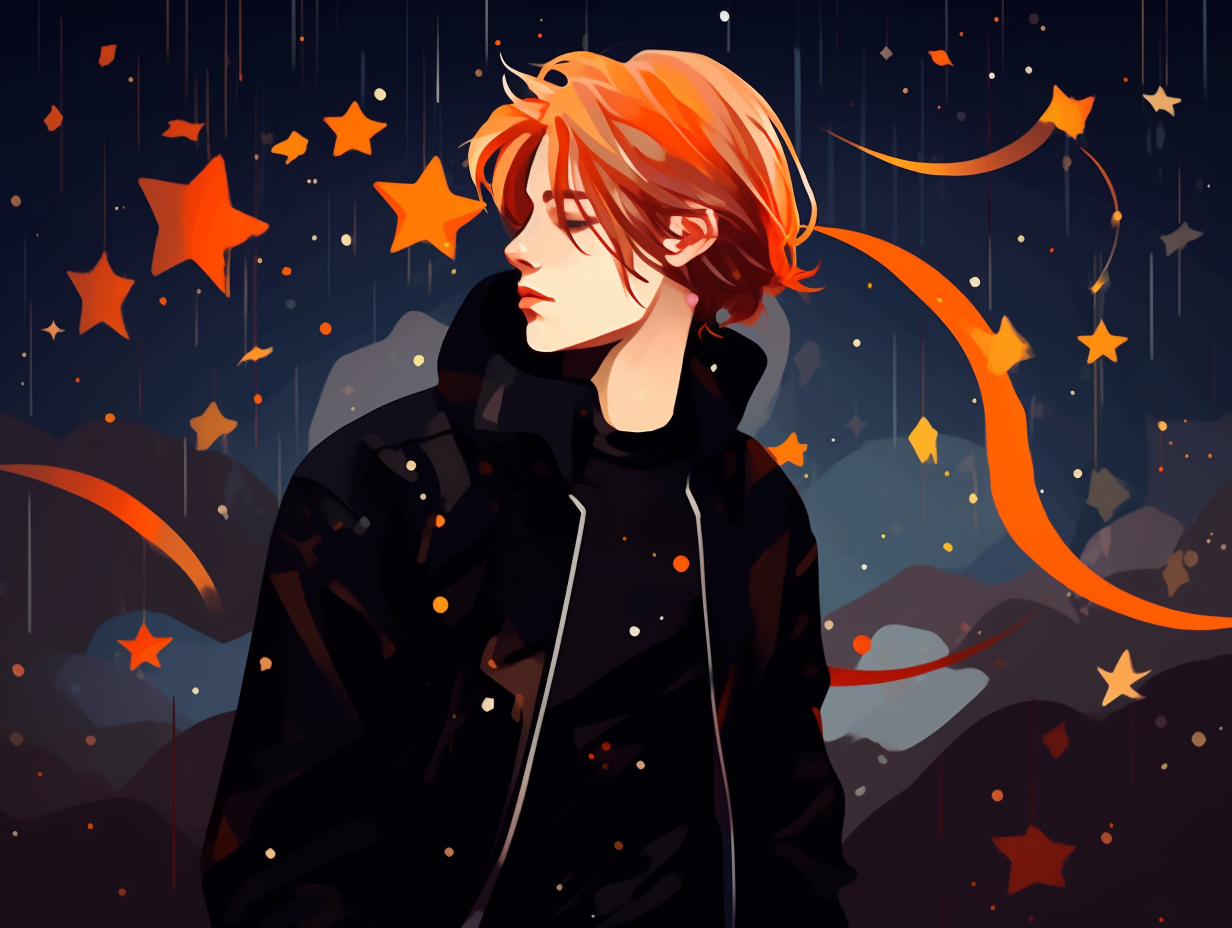
10. Peekaboo Sun: From Record-Breaking to Blink-and-You'll-Miss-It
When solar eclipses play a game of peekaboo with the sun, it's not always a blink-and-you'll-miss-it scenario: From 1901-2000, the extremes of this celestial hide-and-seek ranged from a record-breaking annular eclipse lasting 12 minutes and 9 seconds on December 14, 1955, to a quickly disappearing hybrid eclipse lasting precisely 0 minutes and 0 seconds on October 3, 1986. Talk about the difference between a Sun-day roast and a speedy sun-burn!
Source => weather.gov
11. Celestial Party of the Decade: 2024 Total Solar Eclipse
Mark your calendars, dust off your telescopes, and grab your moon-and-sun-shaped shades for the celestial party of the decade: On April 8, 2024, a total solar eclipse will dazzle North America, with totality lasting up to 4 minutes and 27 seconds - that's double the 2017 Great American Eclipse! This astronomical extravaganza is set to surpass the attendance of its predecessor, as countless eclipse enthusiasts race towards major cities like Boston, New York, Philadelphia, Baltimore, and Washington, D.C that lie within 200 miles of the path of totality, turning the eclipse into one of the biggest mass travel events in the USA.
Source => greatamericaneclipse.com
12. Ancient Irish Guinness and Cosmic Blackouts
Hey there, solar explorers! Did you know that the ancient Irish were lapping up Guinness during a cosmic blackout way before it was cool? That's right: The first ever documented solar eclipse goes back to 3340 BC, when Irish Neolithics put their drinks down just long enough to carve the celestial event onto a stone tablet, paving the way for future generations to marvel at, study, and attempt to decipher the mysterious messages from the gods, or simply proving that gravity can bend light, as Albert Einstein would later demonstrate in 1919.
Source => oregonlive.com
Related Fun Facts







